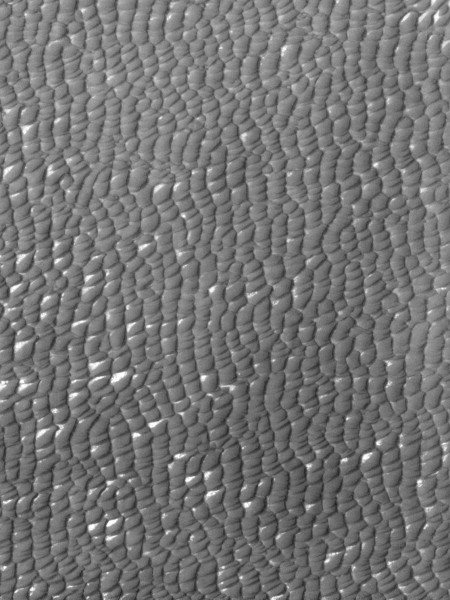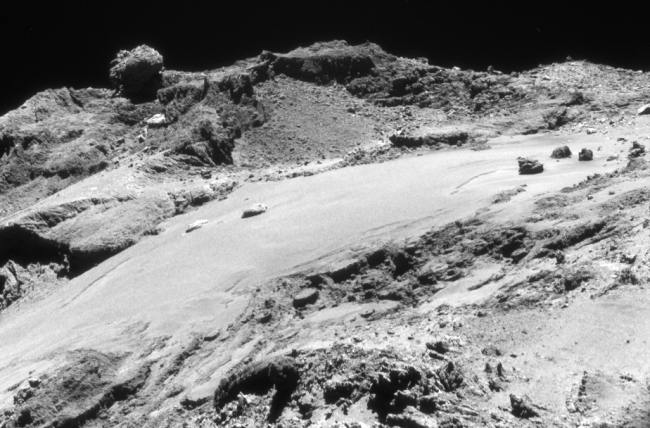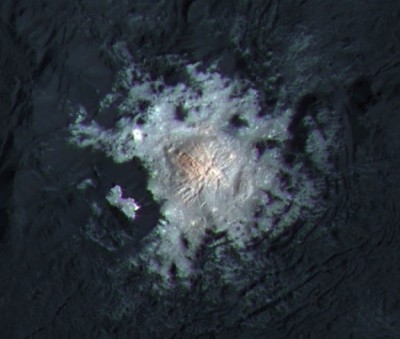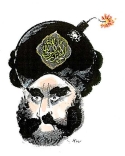ISS astronaut to steer rover on Earth
On to Mars! The British have enlisted the skills of astronaut Tim Peake on ISS to do some test driving of a prototype rover planned for launch on the second ExoMars mission in 2018.
Major Peake will operate Bruno remotely from the International Space Station. His mission will be to drive the robot into a make-shift cave, which will replicate the conditions on Mars, where he will seek out targets marked with an “X”. “There are caves on Mars and craters that cast long shadows,” said Airbus Defence & Space communications director Jeremy Close. “To explore those areas, it’s more efficient to have a human in the loop.”
I must be a bit of a skeptical grump here: Looking at this story I found it packed with more public relations junk than you can imagine. The whole test facility shown is absurd. All show, no reality. Also, their claims about the rover’s route-finding superiority don’t sound right to me.
And the rover itself? This is the prototype of what they plan to launch in 2018? You have got to be kidding? We are less than two years from launch. While I grant this is probably only a model for testing the robot’s route-finding capability, using something held together by packing tape at this late date hardly fills me with confidence about the final product.
Hat tip John Batchelor for sending me the link.
On to Mars! The British have enlisted the skills of astronaut Tim Peake on ISS to do some test driving of a prototype rover planned for launch on the second ExoMars mission in 2018.
Major Peake will operate Bruno remotely from the International Space Station. His mission will be to drive the robot into a make-shift cave, which will replicate the conditions on Mars, where he will seek out targets marked with an “X”. “There are caves on Mars and craters that cast long shadows,” said Airbus Defence & Space communications director Jeremy Close. “To explore those areas, it’s more efficient to have a human in the loop.”
I must be a bit of a skeptical grump here: Looking at this story I found it packed with more public relations junk than you can imagine. The whole test facility shown is absurd. All show, no reality. Also, their claims about the rover’s route-finding superiority don’t sound right to me.
And the rover itself? This is the prototype of what they plan to launch in 2018? You have got to be kidding? We are less than two years from launch. While I grant this is probably only a model for testing the robot’s route-finding capability, using something held together by packing tape at this late date hardly fills me with confidence about the final product.
Hat tip John Batchelor for sending me the link.




